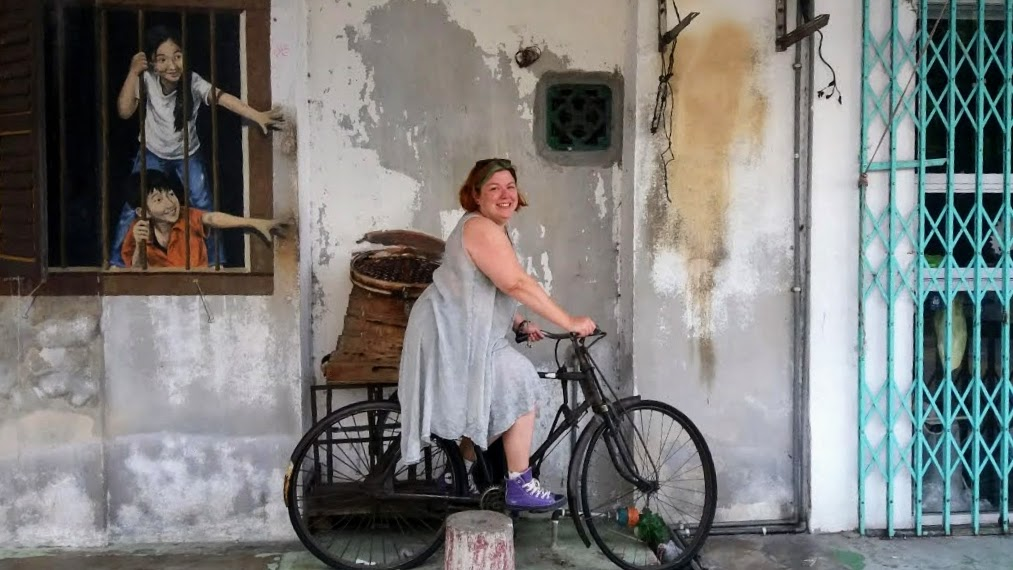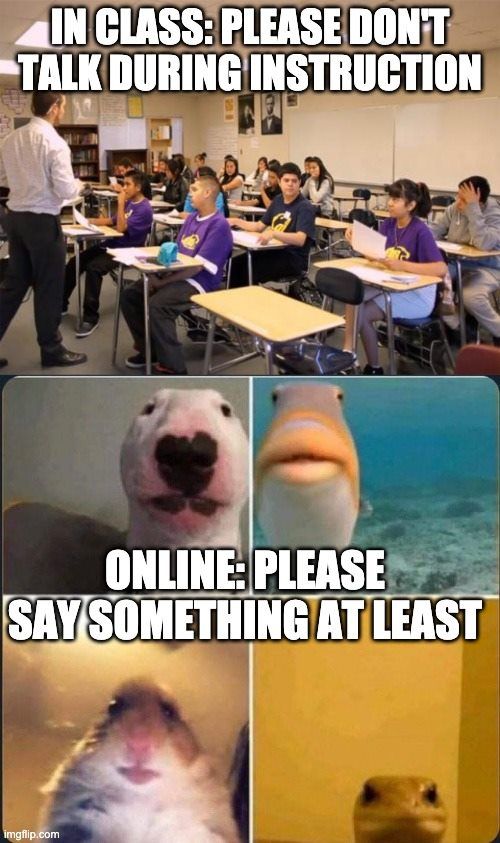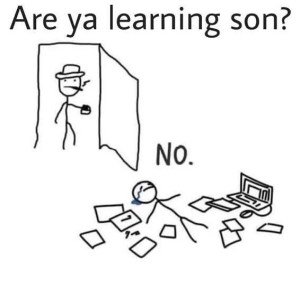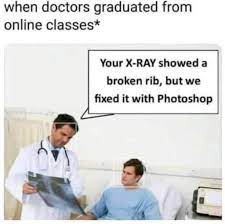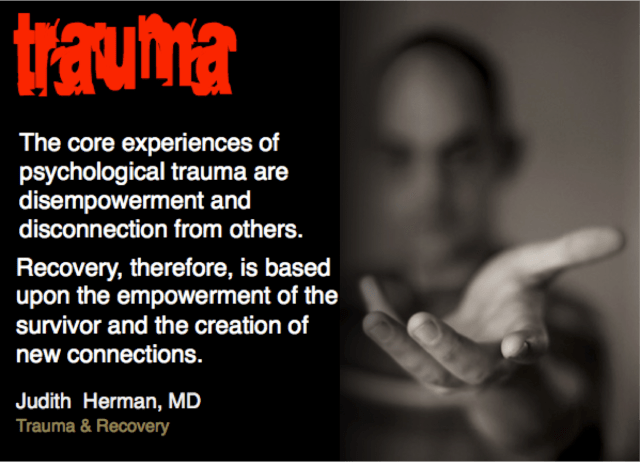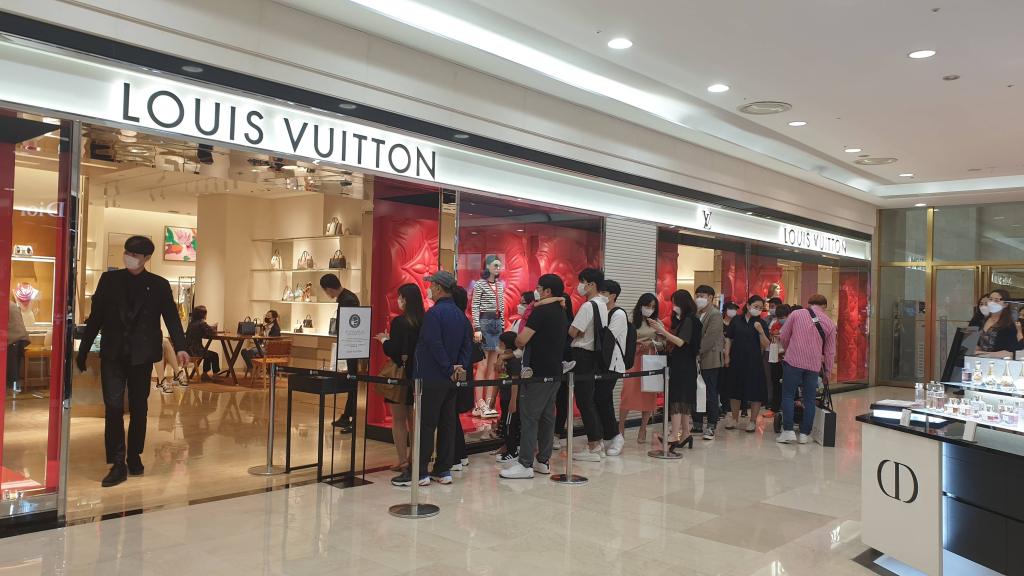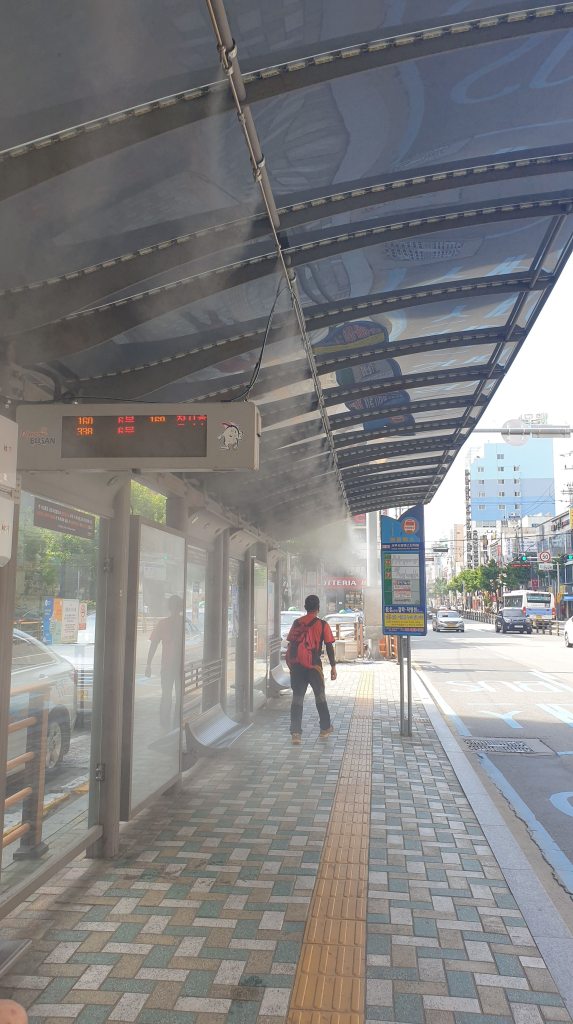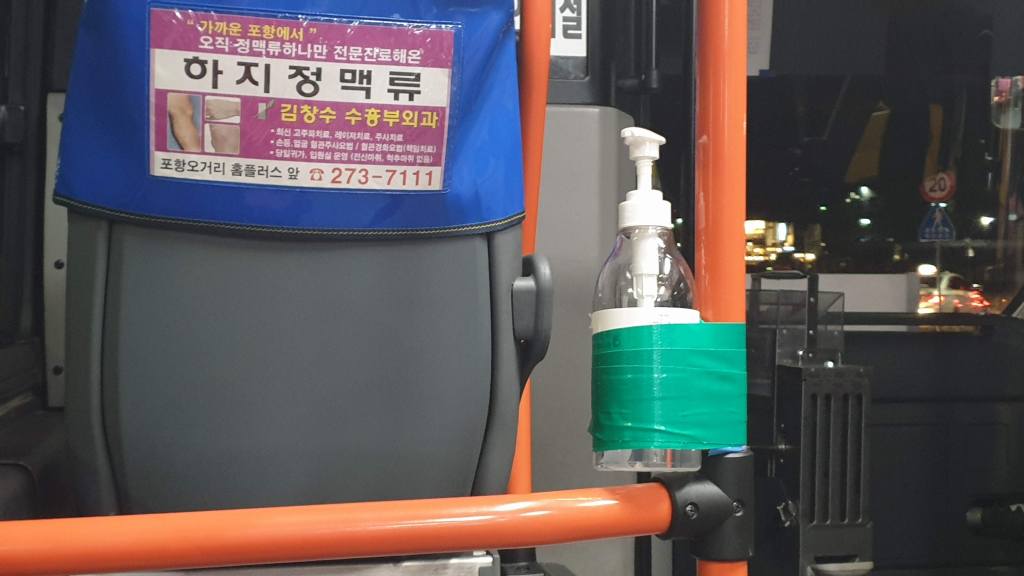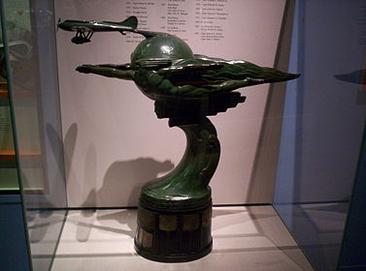Why are you going to France?
It was astonishing how many people asked a version of this question. While it is true that I often travel for a job, I’ve visited 5-6x as many countries for pleasure as I have for work, and until this spring when I decided to stop working in order to take my holidays at a nicer time of the year, no one asked me why. “Because I want to”, was the real answer, but it seemed to confuse people. Other times, I told people I was going for the food, but most who have never been to France simply can’t imagine the food here being that much different. I once counted myself among them, but after my first meal in France, I thought that I had died and gone to food heaven.
Now that I’ve been in France for a couple of weeks, I know that what I was struggling to find the words to say was that I wanted to go to France to learn the French art of living. The French call this “Joie de Vivre” (Joy of Life), but it is perhaps better translated as “The Art of Living Joyfully”, and it’s a very deep rooted value in French culture. Joie de vivre isn’t about parties or euphoric joy, it’s finding happiness through living. Since arriving in Tours, I have been receiving a swift and enlightening crash course.
Practicing Kindness
I will say again that French people in general are more likely to be kind than rude (I’m sure they can be rude when called for, and that there are some percentage of rude people everywhere, but rudeness is not the default way of life). My first week in town, I had to run errands and do shopping while jet lagged and after my 3.5 hour French immersion class which left my brain feeling like a wet noodle. I could barely make comprehensive sentences in English (my native language) let alone in French. Despite my overt disorientation, every shopkeeper was kind and patient with me, most were even happy to use both French and English with me when I explained I was learning, giving me a chance to practice but also helping when the language was outside my skill.
I have not formally studied French since middle school. I came into this language program with a hodgepodge of random vocabulary and grammar that does not conform to standard learning levels in any way. I am not a quiet student, but I also felt that if I asked about everything I didn’t understand, I would derail the whole class. On my second day, I experienced an intense moment of frustration, and the teacher worked very hard to find out what was confusing me. I wanted to shut down and look it up later in private, but she worked it out with me in class. In the moment, I wasn’t happy to be the focus of so much time and attention, but in retrospect, it was a glorious act of kindness and support on her part. I’ve done the same for my own students, and it’s eye-opening to feel it from the other side.
I also had some disappointment in the apartment when I arrived –the washing machine was broken, and there was no Wi-Fi. In most other places I’ve lived, these kinds of problems were dismissed and I was left to handle them on my own or forced to nag the property manager (my last apartment in Korea was a nice exception, those people were great). I didn’t feel any animosity at the lack of amenities. I had of course emailed ahead of my flight to be sure that I would have access to a washing machine and Wi-Fi (among other things), but my response to the absence of promised resources while traveling abroad is less often anger and more often resignation.
To my surprise and delight, the owner of the school arranged for me to get 120gb of data for the month so I would be able to do things like make video calls, watch YouTube, and write in my blog. His efforts were above and beyond what he needed to do to meet his obligations to me as a paying student. The landlady came the next day with a repair man to fix the washing machine, so it was working again before I had a full load of laundry. While we waited for the repairman to finish his work, she engaged me in conversation, despite not speaking any English, and was patient and kind with my poor French, repeating things more slowly or finding simpler phrasing. She told me about several beautiful tourist attractions around the area that I look forward to exploring.
It’s hard to believe, but even panhandlers on the street here are nicer. I don’t speak French well and in any case have fallen out of the habit of carrying cash. I have nothing to give them, but even after I tell them this, they smile and ask where I’m from, try to speak some English with me, and wish me a good day.
Receiving Kindness
This is all in stark contrast to my experience in Sénégal where I was promised support and given none, treated brusquely by shopkeepers, and viewed as a walking wallet by most. Even in the US, my job had offered support and fallen short, resulting in an overabundance of stress, and my co-workers (who are nice people) still took a couple months to really warm up to me.
My knee-jerk response to this level of kindness and support was shock. For the first several days, every time it happened, I gawped like an idiot, stunned for a moment before a part of my mind went, “it’s ok, relax, trust, let yourself be supported by your fellow humans not because of prior relationships, not because of obligations, but merely because we are humans together.”

It wasn’t until later when I went to write about my experiences that I realized how much I craved this kind of human connection. I love my friends and family, I enjoy forming relationships with my coworkers, but there’s something deeply healing in looking up from our bubbles and saying “hello fellow human, this world is tough enough, so let’s do our best to make it softer for each other while we’re here”.
A Culture of Joyfulness
By the middle of my second week, it was apparent that the effect of joie de vivre is exponential. When everyone is focused on enjoying the little things, it’s easy to be happy and kind which makes everyone happier and kinder. Joie de vivre isn’t at its best when experienced in isolation, it’s something that needs a majority of people to buy into in order to reach its full potential. I can feel it soaking into me, too. I don’t need or want to run around looking for one exiting experience after another because the everyday life here is good. Not ecstatic, or overflowing with awesome, just persistently good.

The other day I gave my seat on the tram to a mother with two younger girls. I enjoyed watching them interact on the trip. The girls were talking about my blue hair, and when they got restless, the mom played “find that body part” (where’s your nose? touch your ears!, etc.) which was also fun for me because I’m not the best at French vocabulary. I was able to relax and enjoy the experience. It made me smile to see their small delights. No one was giving the mom dirty looks for her kids being kids, and the mom didn’t have to be self-conscious about playing with her kids on public transit.
Joy and Other Feelings
Joie de vivre could be compared to the practice of mindfulness, in that one of the goals is to be present in the present. Lingering over a meal, sharing an afternoon with friends, and watching kids on the tram are all wonderful examples of the everyday, but international vacations and once in a lifetime experiences are not excluded. The definition of joie de vivre isn’t what you are doing, but how you are doing it: a lunch without an agenda, a hangout with friends for no reason, an international vacation without the stress of focusing on what could go wrong, or what is waiting for you when you get back.
Joie de vivre also isn’t about being happy all the time. Obviously the French have “negative feelings”, I mean, have you read Sartre? But a range of feelings is the normal human experience. The impression I get is that “pretty good” is the baseline here, and feelings of more extreme happiness, sadness, anger, boredom etc. are all coming from and returning to that. In contrast, when I look at people in the US and a few other places I’ve lived, I see them defaulting to a baseline of “meh” (numbness or boredom) or even a baseline of anxiety and sadness. Image Credit: https://sketchplanations.com
Regardless of what culture they are from, people are capable of feeling a full range of emotions, and a normal human will experience most of them in a lifetime, but living in a culture that forwardly values kindness and everyday joy makes a difference in everyone’s quality of life.
Can Americans Live Joyfully?
My initial answer to the question “Why are you going to France?” was often greeted with the suspicion that anyone going to live in a foreign country and not work for a couple of months just to enjoy things was dangerously decadent. This happened so often that I began to become suspicious of myself. Was I leaving my students and co-workers in the lurch? Would they be ok without me? Could I really justify the expense, not only of the vacation but of the time spent not working? The regular messaging of the culture around me made it harder and harder to be sure I was making the right choice.
There is a tendency in (but not exclusive to) American culture to view any action that is not productive (making money) as frivolous (selfish, useless, a drain). For me, joie de vivre is more likely to involve things that make you happy but don’t make money, nor lead to making money in the future. These are things that you do just because you like them (and that don’t hurt anyone else). I rate this kind of joy as sitting from tier 3-5 of the Maslow’s hierarchy. It’s hard to go after it when you don’t have basic needs met, but I would argue that it’s integral to love and belonging, self-esteem, and self-actualization.
Side Note: money, privilege, poverty trauma, and first world problems. I could write entire essays on these topics, but I am not doing that here. TLDR; I know I have privilege; I know a lot of people genuinely do not have money for travel; I know poverty trauma (for those of us who were either raised in poverty or spent years as adults in poverty) has long-term effects on our spending and sense of worthiness; and I know that being able to afford a luxury that you don’t feel like you deserve is a first world problem. I am using my trip to France as a stand-in for a wide variety of frivolously enjoyable experiences in order to examine why many people struggle with letting themselves fully enjoy things.
When I started telling people instead that I was going to France to study French, they seemed much more comfortable. Once there was a cultivation of skill involved, it wasn’t just frivolous happiness, it was productive, and that was more socially acceptable. One day as I was hand-wringing about whether I needed to justify my trip to France, someone said to me, “Why are you beating yourself up about this? You deserve this. You can do this without going broke or wrecking your life, so go enjoy it.” It was an extremely succinct account of the two most important obstacles to frivolous (non-monetizable) happiness: Can you afford this? Have you earned this?
Can you afford this?
It’s a valid question, but I don’t think it’s the only hurdle to frivolous joy. There are many people who do not have travel money, or have other challenges to travel such as health and children, and I’m not suggesting (as I have seen other travel bloggers do) that one can simply manifest global travel with enough bootstraps. Maybe they can’t afford a trip to Paris, but what types of joie de vivre can they afford but are held back from doing because they feel guilty about it?
During my experiences in developing countries where almost no one has enough money, the social values writ large tend to be more focused on “slow living” and finding joy in daily experiences such as community, shared meals, nature, children, and expressing creativity – things that don’t cost much if any money. While people in these cultures may feel guilt about spending money on themselves instead of their family or community, they don’t seem to have any trouble enjoying themselves when it’s not a question of money. Even in Japan and Korea, wealthy countries famous for overworking, I still noticed people placing importance on these types of low cost joys.
Have you earned this?
American culture is embedded with an exchange rate of work for pleasure. You must burn x number of calories to “earn” dessert. You must work x hours to “earn” a break. I talked to people in my income bracket and above who can absolutely afford to travel, but felt that they could never possibly, because they haven’t hit the ever-shifting goal post of “enough work” to earn the pleasure.

The earning in question isn’t financial; it’s the unspoken moral economy. Many Americans have internalized the idea that we don’t really deserve to feel good (at least until we’ve suffered enough to “earn it”, which may mean never). But because we are human, we sneak around with minor infractions we call guilty pleasures while lacking the ability to fully feel the delight these activities should bring because we are too busy feeling guilty and wondering how we’ll be judged.
What will people think? If I eat a second slice of cake? If I skip mowing the lawn to have a nap in the afternoon sun? If I take my kids out of school for a day to drive up to the mountains and splash around in a glacial river? If I leave my spouse to feed themself and the kids and they end up eating Cheerios and ice cream while I have a nice dinner with my friends? If I leave the office when there’s a big project (and there’s always a big project) and my co-workers all have to pick up my slack while I’m tasting wine in the Loire Valley?
Look at the horrible social media backlash that middle and lower income people get for having nice things deemed by society to be “too luxurious”. When they use food stamps to buy steaks instead of rice and beans, or dare to have a new phone, a nice laptop, play video games, drink frilly coffee, eat avocado toast or anything else that might make life bearable, the internet loves to pile on. Grind culture tells us that the one true path to financial success is to have nothing that brings joy, and only to work as much as possible until you can earn your way to a house, a car, and a (maybe once yearly) family vacation to a theme park.
Let me be clear, none of these examples are likely to result in anything bad actually happening, but the real world consequences are not reflected in the imaginary consequences of people who are held back by these thoughts. The extreme version of this is called “catastrophizing” and people who suffer from this type of anxiety (as you might guess) imagine catastrophic results of actions they perceive as risky. The less extreme version is a bunch of people who don’t critically examine what is likely to happen, they just feel the guilt and shame as a gut-level reaction.
A New Way of Thinking
I don’t take these internalized feelings of guilt and shame lightly. They are deeply ingrained in us from childhood, and can feel like an irrefutable pillar of reality. But they need to go. Maybe in the way black mold or an insidious termite infestation needs to go, or maybe in the way a cavity needs to go: knock down a wall, drill a hole, excavate the rot and repair the damage. It isn’t something a person can just do –wake up one day suddenly be free of the pressure of guilt induced by unproductive pleasure. However, I suggest that everyone reading this start the long and difficult process of releasing the weight of these fears and finding the freedom to do things just for fun.
“[Joie de vivre is] revolutionary because for work-driven, vacation-and-long-lunch deprived Americans, it almost requires brain surgery. Why? Because to make that lunch a moment with a French touch it has to be just for fun, no rush, no agenda. An American [said] that her French women friends, who are physicians, ‘work long hours but find time to meet their friends, take vacations, and indulge in the life part of life, which is as important or perhaps more important to them than work.'”
— Huffington Post, “What is joie de vivre, and why are the French so good at it?”
This isn’t “run away with the circus” advice. I do not advocate joy at the expense of security or community. We still need to be able to answer the question “Can I afford it” with “yes”. Please do not go into debt chasing a consumerism driven idea of happiness (been there, done that, regretted my financial choices). It’s important to balance joy and responsibility, but until we learn what things are truly our responsibilities and what things are the weight of other’s expectations and demands that we have taken on unnecessarily, we won’t be able to say “yes” when asking “Do I deserve it?”
Once we are able to accept that we deserve to enjoy things without having to earn the moral currency to do so, there is a different way of life ahead.

















